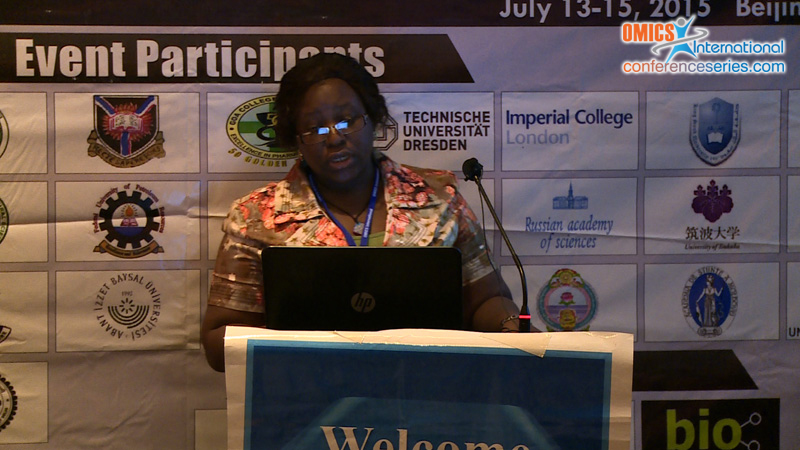
Oyeyemi Adeyemi
Federal University of Petroleum Resources, Nigeria
Title: Extraction of Edible Leaf Protein Concentrate from Water Hyacinth
Biography
Biography: Oyeyemi Adeyemi
Abstract
Water hyacinth (Eichhonia crassipes) is one of the aquatic weeds. It infests rivers, dams, lakes and irrigation channels on every continent except Antarctica. The coverage of water ways by water hyacinth devastates aquatic environment and costs billions of dollars every year as control costs and economic losses. In these days of diminishing natural resources, it has become necessary to investigate the existing resources in water hyacinth for production of food, food additives, pharmaceuticals and raw materials for agro-allied industries. The aim of this study was to convert water hyacinth from an environmental nuisance to a natural resource that is in high demand. Edible form of water hyacinth leaf protein concentrate (WHLPC) was extracted. The physicochemical characteristics, total alkaloids and phenolic compounds of the WHLPC were determined. Proximate composition and amino acid profile of the WHLPC were analyzed and the LD50 evaluated. The WHLPC was used to formulate feed using different concentrations (7.73, 15.46, 23.19, and 30.92) %w/w. A control feed was formulated with soybean (15.46%w/w) in place of WHLPC. The resulting feeds were fed to different groups of rats over a period of twenty (20) weeks and the growth was monitored. Growth response curve of rats placed on formulated feed showed positive slope. At the end of the experiment, rats in various groups gained weight, gain in body weight measured in Control rats (55.35 g), WHLPC1 rats (57.75 g) were not significantly different (p>0.05). Data revealed that WHLPC is a potential raw material for food and beverages industry
Speaker Presentations
Speaker PPTs Click Here

